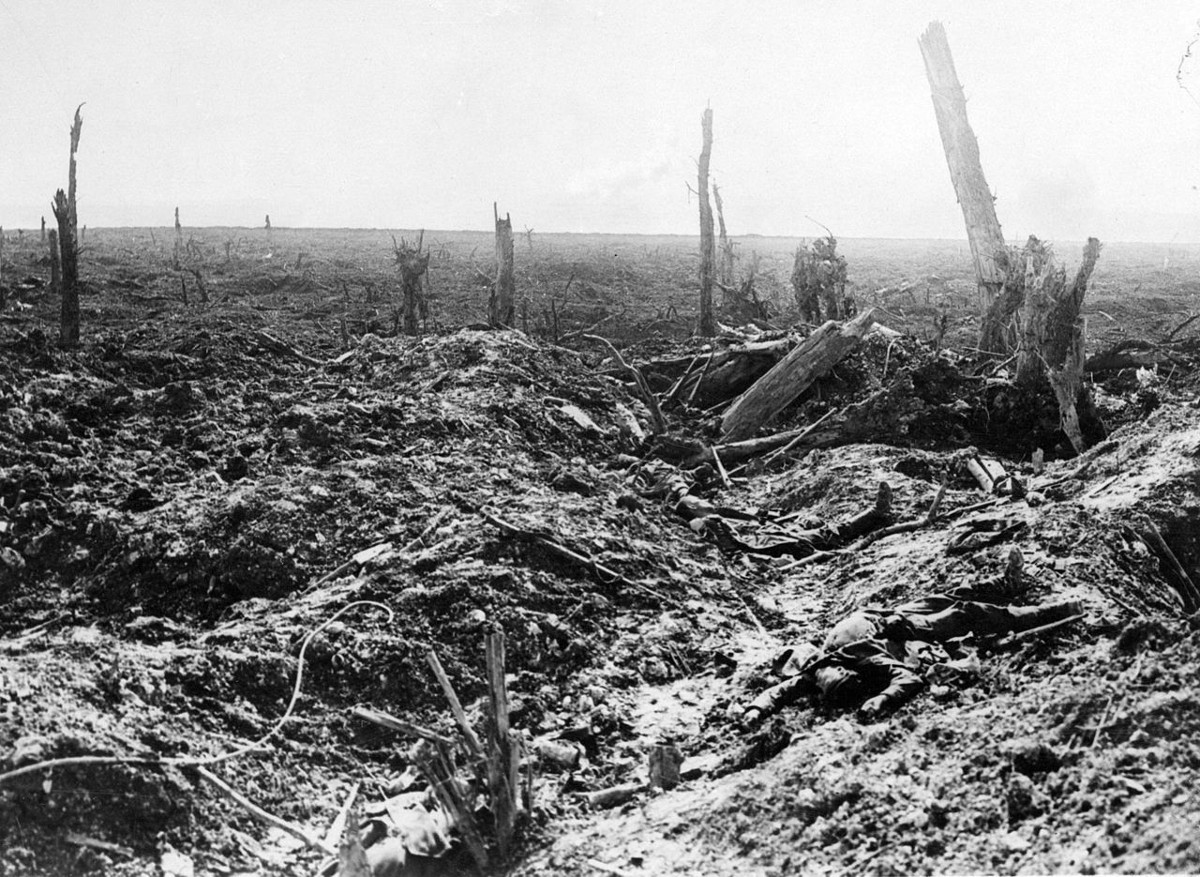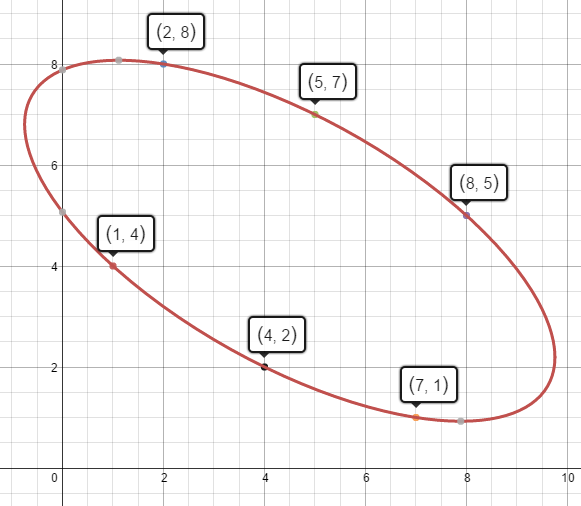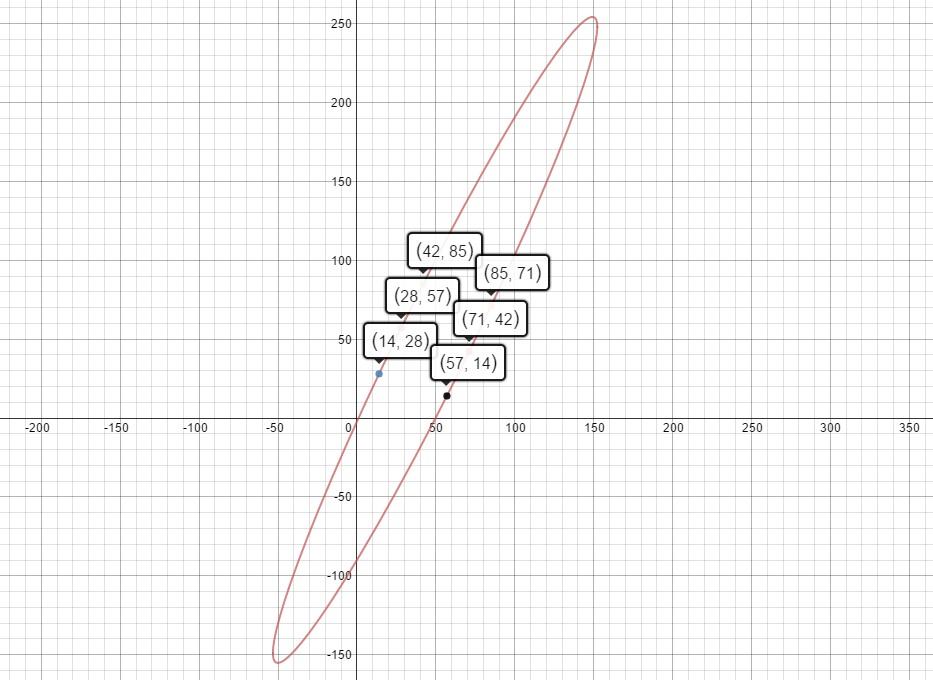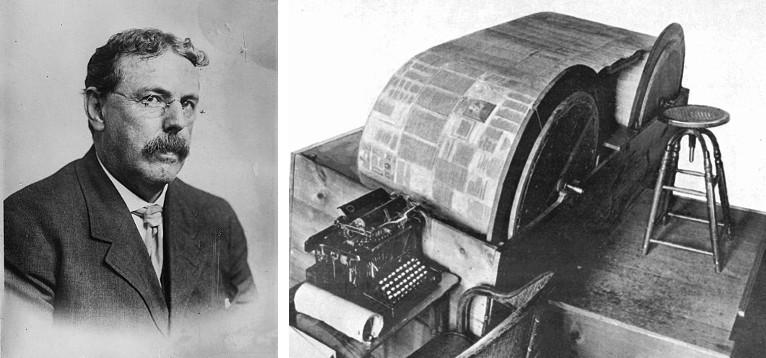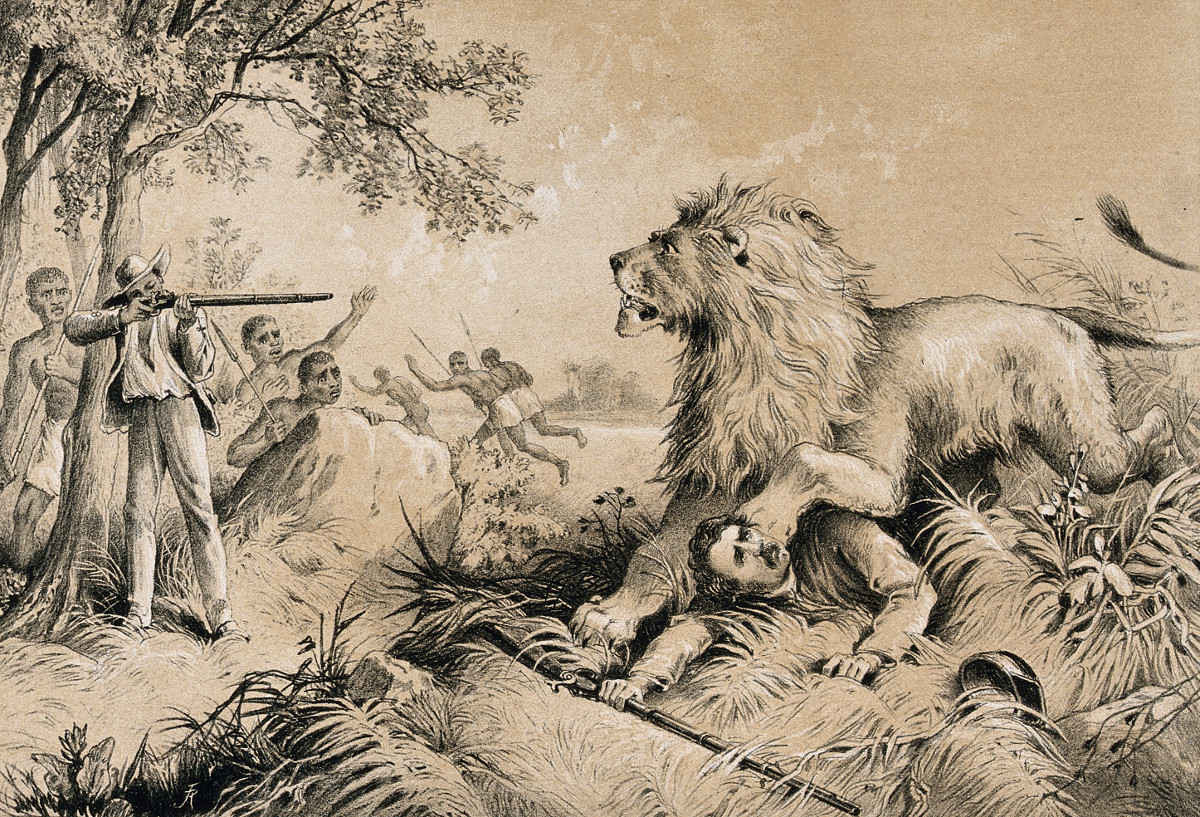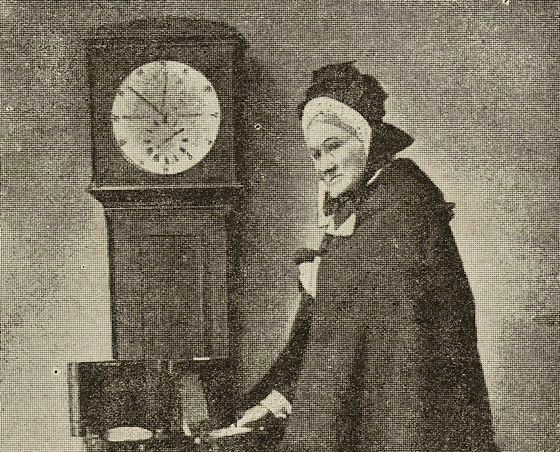Facing dental surgery one day, mathematician Matt Parker asked Twitter for a math puzzle to distract him. A friend challenged him to put the digits 1-9 in order so that the first two digits formed a number that was a multiple of 2, the first three digits were a multiple of 3, and so on.
Leaving the digits in the conventional order 1234356789 doesn’t work: 12 is divisible by 2 and 123 by 3, but 1234 isn’t evenly divisible by 4. “By the end of my dental procedure, I had some but not all of the digits worked out, but, apparently, you’re not allowed to stay in the dentist’s chair after they’re finished.” At home he finished working out the solution, which is unique. What is it?

